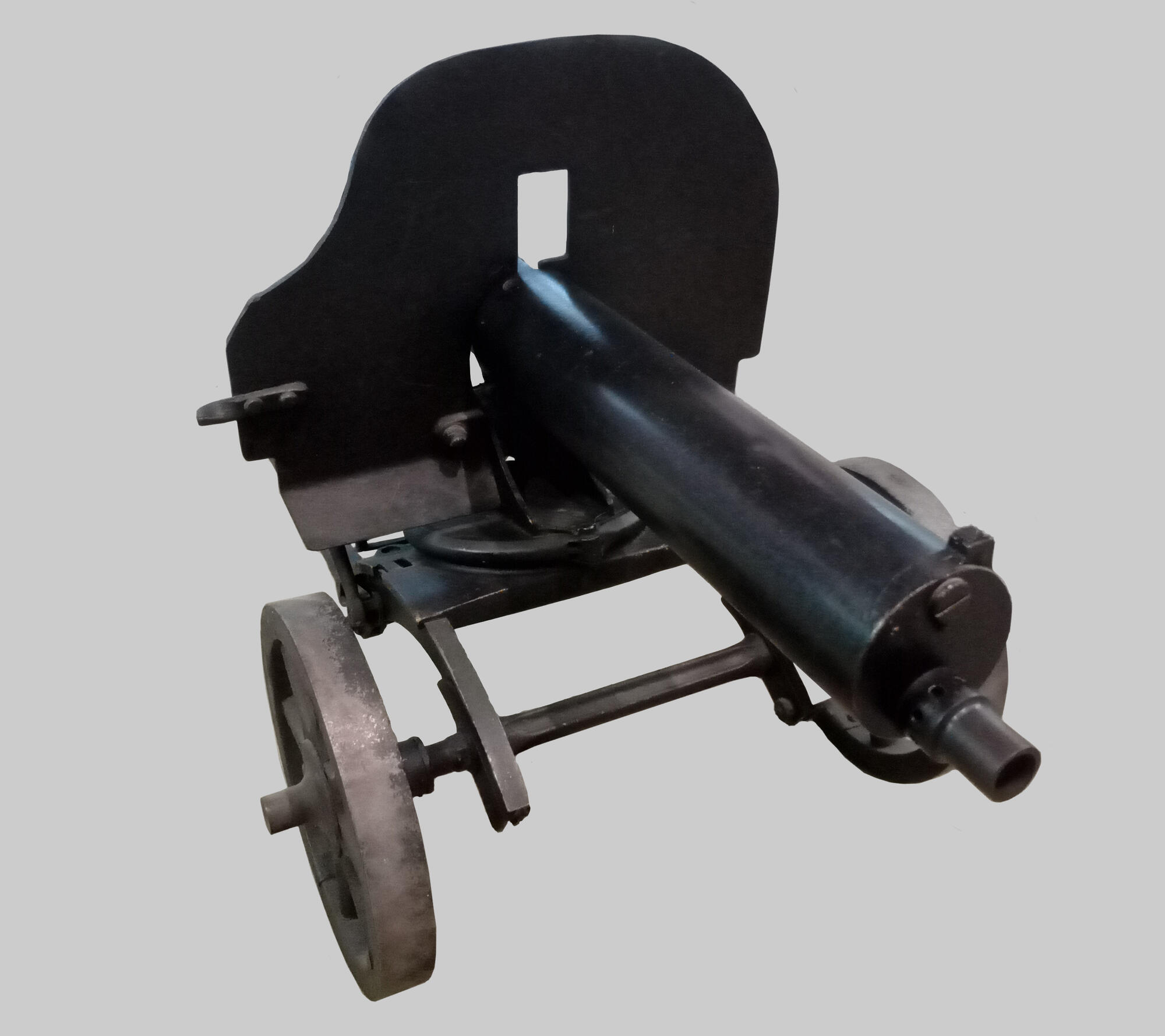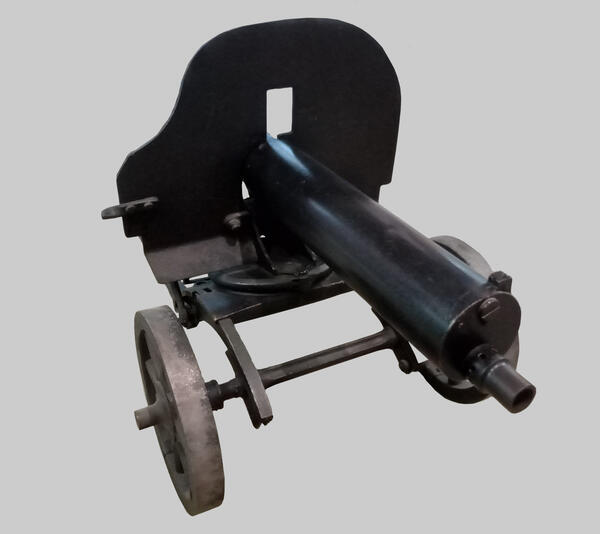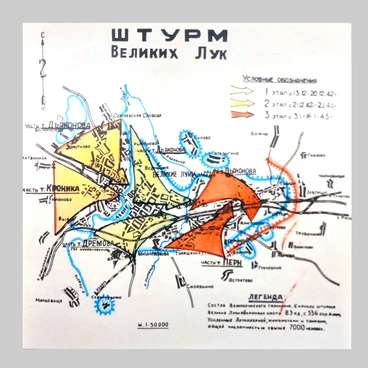The 1910 Maxim machine gun is a modernized version of the 1905 model. Since May 1905, its serial production was carried out at the Imperial TUla Arms Plant (ITOZ). It was produced under license from English company Maxim, Vickers and Sons.
Guards Colonel Tretyakov and senior class master Pastukhov, who served at the Imperial Tula Arms Plant, played a key role in upgrading the systems of both Maxim models. The goal of the modernization, which was carried out in 1909, was to create a lighter machine gun. Some parts that were previously made of bronze - the barrel casing, belt, handles and others - were replaced with steel ones. In addition, the sight, the details of the casing and the box, the trigger bar and the butt element to soften the recoil (backplate) changed as well.
The first two machine guns modernized by the Tula gun makers were submitted for testing on June 15, 1909. They competed with the new Vickers machine gun. After appropriate modifications, the lighter Tula machine gun was put into service. It was named Maxim medium machine gun, 1910 model, with Colonel Sokolov’s the field wheel mount.
Serial production of the new Maxim modification and of the mount began in 1911. The 1910 machine gun was indeed significantly improved in comparison with the prototype, primarily from a technological point of view.
The emergence of a new weapon on the battlefield changed warfare schemes. It was effectively used to suppress massive attacks, cover withdrawal and protect stationary points.
The Maxim was the only machine gun produced in the Russian Empire during World War I. By the time the mobilization was announced, in July 1914, the Russian army already had 4,157 machine guns. And although the troops still lacked 833 machine guns, Russia surpassed the European armies in the number of machine guns per division.
After the war began, the Russian Ministry of War ordered to supply the army with a large number of machine guns. But, due to the conditions of World War I, the task turned out to be difficult: the machine guns produced at Russian plants were not enough, and foreign machine gun factories were overloaded. For this reason, in 1915, the production of simplified machine guns according to Kolesnikov’s system began.
Guards Colonel Tretyakov and senior class master Pastukhov, who served at the Imperial Tula Arms Plant, played a key role in upgrading the systems of both Maxim models. The goal of the modernization, which was carried out in 1909, was to create a lighter machine gun. Some parts that were previously made of bronze - the barrel casing, belt, handles and others - were replaced with steel ones. In addition, the sight, the details of the casing and the box, the trigger bar and the butt element to soften the recoil (backplate) changed as well.
The first two machine guns modernized by the Tula gun makers were submitted for testing on June 15, 1909. They competed with the new Vickers machine gun. After appropriate modifications, the lighter Tula machine gun was put into service. It was named Maxim medium machine gun, 1910 model, with Colonel Sokolov’s the field wheel mount.
Serial production of the new Maxim modification and of the mount began in 1911. The 1910 machine gun was indeed significantly improved in comparison with the prototype, primarily from a technological point of view.
The emergence of a new weapon on the battlefield changed warfare schemes. It was effectively used to suppress massive attacks, cover withdrawal and protect stationary points.
The Maxim was the only machine gun produced in the Russian Empire during World War I. By the time the mobilization was announced, in July 1914, the Russian army already had 4,157 machine guns. And although the troops still lacked 833 machine guns, Russia surpassed the European armies in the number of machine guns per division.
After the war began, the Russian Ministry of War ordered to supply the army with a large number of machine guns. But, due to the conditions of World War I, the task turned out to be difficult: the machine guns produced at Russian plants were not enough, and foreign machine gun factories were overloaded. For this reason, in 1915, the production of simplified machine guns according to Kolesnikov’s system began.



